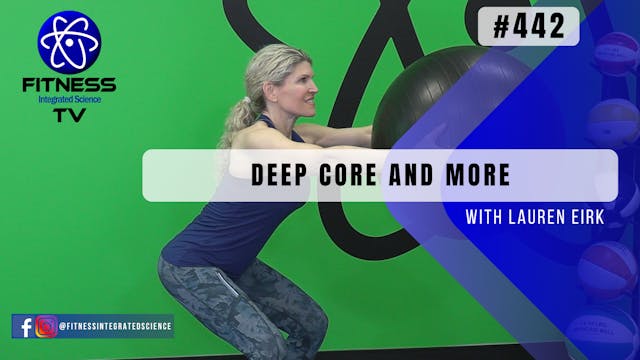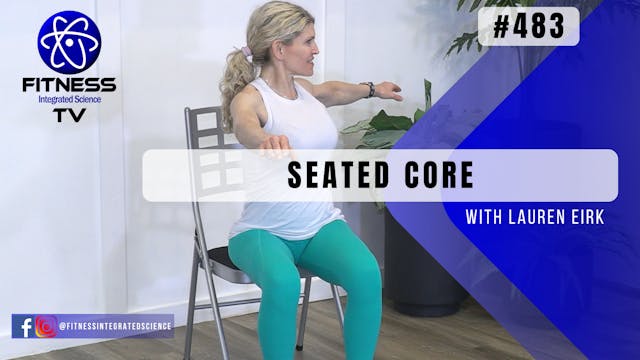Pelvic Floor Dysfunction is often classified as urologic, gynecologic, colorectal, and other causes. It affects over 32% of women and 16% of men. The core and the deep core are the target of this therapeutic routine.
In this workout, work the lumbo pelvic-hip complex, which includes deeper muscles, such as your internal obliques, transversus abdominis, multifidus, rotatores, semispinalis, quadratus lumborum, psoas, and superficial muscles, such as your rectus abdominis. Using diaphragmatic breathing, target the deep pelvic floor muscles that make up the pelvic sling, as you become more aware of trunk stabilization techniques. The ball is a perfect tool for this, since the dynamic surface dictates a certain level of control in nearly every exercise.
Purchase the equipment used in this video from Amazon:
55cm Stability Ball: https://amzn.to/2OwYHZ5
65cm Stability Ball: https://amzn.to/2TZIgaw
Yoga Mat: https://amzn.to/2ZDSMrH
FISTV_Video_56
Up Next in Deep Core
-
Video 442 | Deep Core and More (30 mi...
It is said that 50 percent of people with chronic constipation, low back pain and pelvic pain have pelvic floor dysfunction (PFD) — impaired relaxation and coordination of pelvic floor and abdominal muscles. Intensive pelvic floor retraining exercises is often used to treat non-relaxing pelvic f...
-
Video 459 | Breath Centered Meditatio...
Scientists say that mindfulness practices such as focusing your attention on your own breathing affects "noradrenaline". This is a natural chemical in the brain often referred to as one of the “stress hormones” because when we produce too much, it increases our heart rate and blood pressure, whi...
-
Video 483 | Seated Core (15 minutes) ...
Sometimes we have to sit for longer than we would like, in meetings, during traveling, or in periods of rehabilitation. Not only that, some have a difficult time getting down onto the floor to train the core.
In this express workout, you will only need your bodyweight and a chair to get thro...




1 Comment